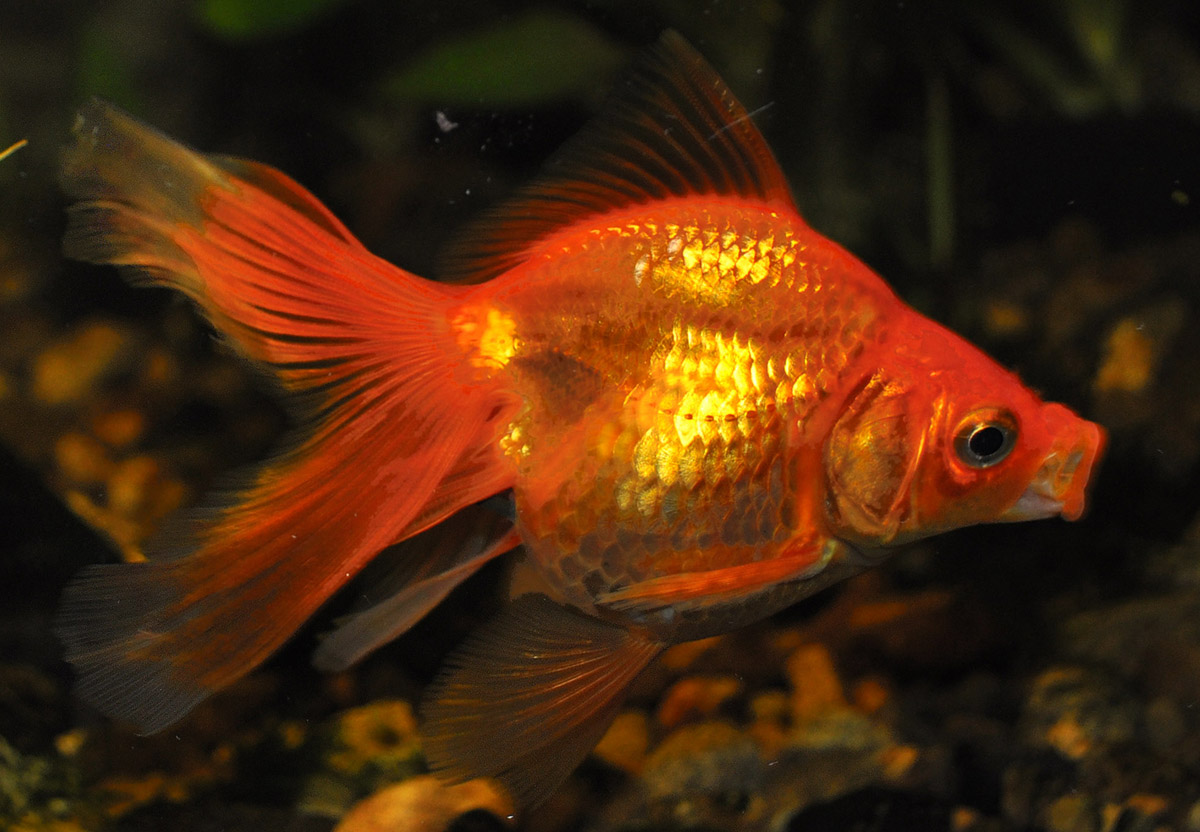
An early and precise diagnosis of any goldfish disease is very important part of fish care. Prevention is another important part of fish care so one should always keep the aquarium clean, feed the fish appropriately and avoid any significant water temperature fluctuations or any sudden changes of the water. Even if a person is the most precarious, their goldfish may become ill. The fish absorb the oxygen and give off carbon dioxide as a waste product and the plants do the exact opposite of them, so that is why plants can be added to the aquarium. The plants are very beneficial for the fish in the aquarium.
Anchor worms are a short piece of string with a fork like tail and are usually brownish-red or greenish-white. They get buried into the flesh of the fish and cause open sores to appear on the skin surface. It commonly gets into the aquarium by added live food and the plants that were introduced into the fish tank from a river or a creek. The worms attach to the fish’s scales by the anchor shaped head which gets buried deep into the flesh and they usually cause distress and ulceration. These worms are extremely contagious and require immediate treatment. The parasites can be killed by adding a gyrase inhibitor to the water in the tank.
Swimbladder disease can be easily recognized if a fish has troubles stabilizing itself in the tank. It can be caused by genes, inadequate diet, various types of infections or poor quality of the water in the tank. One must improve the quality of the water in the aquarium and feed the fish with types of food that sink so as to minimize its air intake.
In order to lessen the stress, one can put the fish in a smaller tank until the treatment of the disease is over. Dropsy is another disease which is characterized by a swollen abdomen due to overconcentration of fluids in the body cavities and tissues. The swelling may be caused by cancer, internal parasites or some kind of bacterial infection. This condition is unfortunately fatal in most cases. Bacterial infections can also cause the fins to be torn, frayed and rotting.
These infections can be treated fairly easily with antibiotics. A secondary fungal infection may also occur, and they can be treated reasonably quickly. Ick is a condition when a goldfish has small white dots sprinkled over the body.


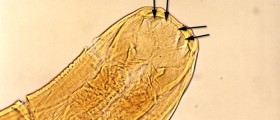


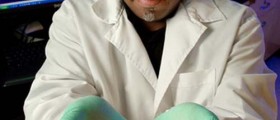
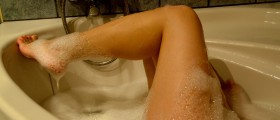

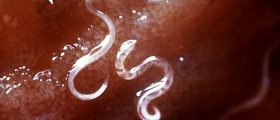

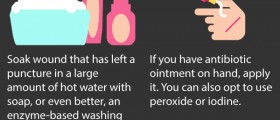
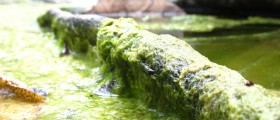

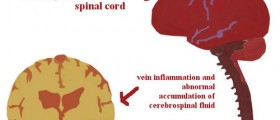
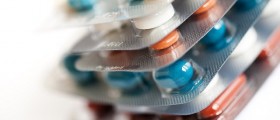
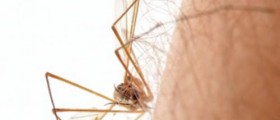
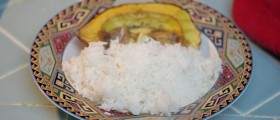
Your thoughts on this
Loading...